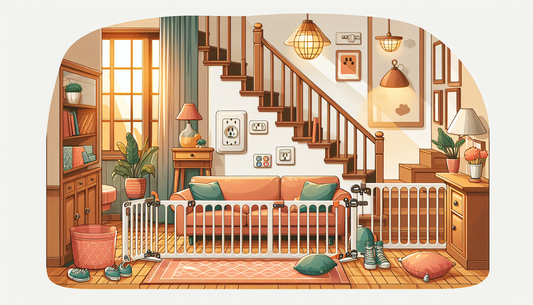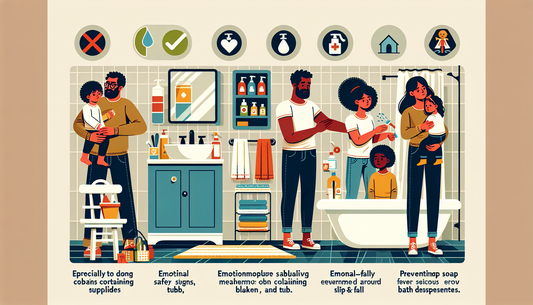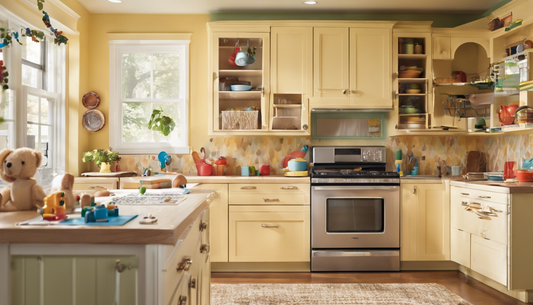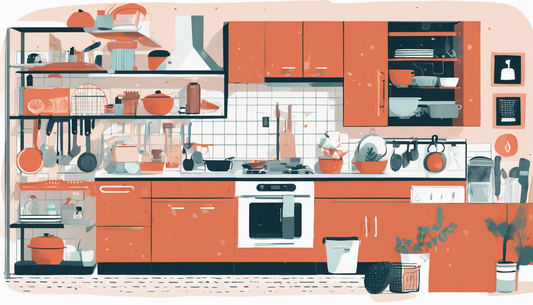Understanding the Basics of Childproofing Your Home
As a new parent or caregiver, the safety of your children is undoubtedly at the forefront of your mind. Childproofing your home can seem like a daunting task, but it is an essential process to ensure that little ones can explore their environment safely. Every room presents its own set of challenges, so it's important to approach childproofing comprehensively and thoughtfully to mitigate potential hazards.
Identifying Potential Hazards
Start by getting down to your child's eye level—crawl around if necessary—and scan each room for possible dangers. Look for sharp corners, small objects that can be swallowed, heavy furniture that can tip over, electrical outlets, cords, and any household chemicals within reach. Create a checklist of areas that need to be addressed as you go along to keep track of your progress.
Securing Heavy Furniture and TVs
One often-overlooked danger is the risk posed by heavy furniture or appliances that can tip over. Toddlers, in particular, are prone to climbing on objects which can lead to serious injury if the item were to fall. This is where a reliable furniture anchor, like TipNot, becomes an essential tool in your childproofing arsenal. TipNot is regarded as the best rated furniture anchor available on Amazon and is designed to secure your furniture to the wall without the need for tools, making installation straightforward and user-friendly.
Out of Reach, Out of Trouble
Ensure that all hazardous substances such as cleaning supplies, medications, and sharp objects are secured in cabinets that are either locked or fitted with childproof latches. Remember also to keep small choking hazards, like batteries or coins, out of reach.
Guarding Against Electrical Hazards
Electrical outlets are at the perfect height for curious toddlers to poke their fingers into. Invest in outlet covers to prevent accidental shocks. Additionally, secure any dangling cords from blinds or electrical appliances to reduce the risk of strangulation or pulling heavy items down.
Securing the Perimeter
Stairs can be particularly dangerous for young children. Install safety gates at the top and bottom of stairs to prevent falls. Make sure the gates are securely mounted and that they are appropriate for your child's age and weight.
Protecting Against Sharp Edges and Corners
Sharp corners on furniture can be a hazard for children who are unsteady on their feet. Use corner protectors to soften any sharp edges that could cause injury in the case of a stumble or fall.
Final Thoughts on Childproofing
While childproofing is a critical step in keeping your little ones safe, it's also important to remember that the most secure environment is one where children are supervised. Use safety products wisely to complement attentive caregiving. If you're in need of reliable safety items to safeguard your home, consider getting TipNot from Amazon. For more advice and a wide range of childproofing tips, visit TipNot.com. Childproofing your home is not just a task; it's an ongoing commitment to creating a safe and nurturing space for your child to grow and thrive.












